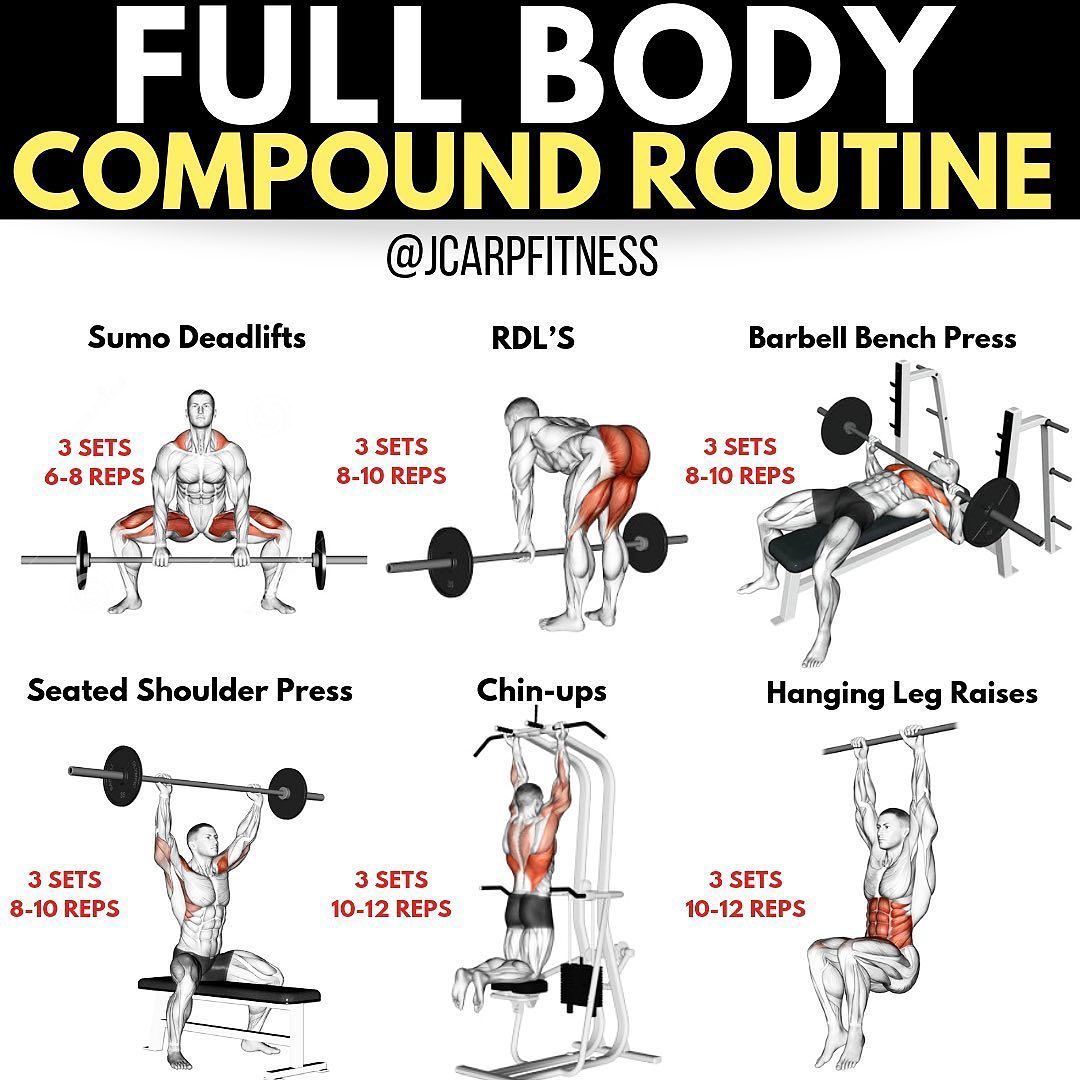Weight management is a common concern for many individuals in today’s society. With the rise of sedentary lifestyles and unhealthy eating habits, obesity rates have skyrocketed. As a result, people are constantly searching for effective strategies to maintain a healthy weight. One of the key components of successful weight management is exercise. In this article, we will explore the crucial role that exercise plays in achieving and maintaining a healthy weight.
The Science behind Exercise and Weight Loss
When it comes to weight loss, the basic principle is simple: you need to burn more calories than you consume. Exercise is an excellent way to achieve this calorie deficit. By engaging in physical activity, you increase your energy expenditure, allowing your body to burn more calories. This can lead to an overall reduction in body weight, as long as your calorie intake remains controlled.
Furthermore, exercise has a number of metabolic benefits that can assist in weight management. Regular physical activity boosts your metabolism, which helps your body burn calories more efficiently. It also aids in preserving lean muscle mass while promoting fat loss. This is significant because muscle tissue is more metabolically active than fat tissue, meaning the more muscle mass you have, the more calories you burn even while at rest.
Types of Exercise for Weight Management
Not all exercises are created equal when it comes to weight management. While any physical activity is better than none, certain types of exercise tend to be more effective at burning calories and promoting weight loss. Here are a few examples:
1. Cardiovascular Exercises
Cardiovascular exercises, also known as aerobic activities, are particularly effective for weight management. These exercises elevate your heart rate and increase your breathing rate, leading to an increased calorie burn. Examples of cardiovascular exercises include running, cycling, swimming, and dancing. Aim for at least 150 minutes of moderate-intensity cardio exercise per week, as recommended by health professionals.
2. Resistance Training
Resistance training, also known as strength training or weightlifting, plays a crucial role in weight management as well. While it may not burn as many calories during the actual exercise session, resistance training helps build lean muscle mass. As previously mentioned, this increases your metabolism, enabling you to burn more calories throughout the day. Incorporate resistance training exercises into your routine using weights, resistance bands, or bodyweight exercises.
3. High-Intensity Interval Training (HIIT)
HIIT workouts involve alternating between short bursts of intense exercise and brief recovery periods. This type of exercise elevates your heart rate and keeps it up throughout the workout, resulting in effective calorie burning. HIIT sessions are usually shorter in duration compared to traditional cardio exercises but offer similar or even greater benefits. They can be done with various exercises like sprinting, jumping jacks, or burpees.
The Importance of Consistency and Progression
While understanding the various types of exercise for weight management is crucial, consistency and progression are equally important. Consistently engaging in regular physical activity is key to achieving and maintaining weight loss. Setting up a schedule or finding an exercise routine that works for you is crucial for long-term success. Additionally, gradually increasing the intensity or duration of your workouts over time allows for ongoing progress and continued calorie burn.
Exercise is a vital component of weight management. Its ability to increase calorie burning, boost metabolism, and preserve lean muscle mass makes it an essential tool in achieving a healthy weight. Incorporating cardiovascular exercises, resistance training, and HIIT workouts into your routine can greatly enhance your weight loss efforts. Remember, consistency and progression are key to long-term success. So, start moving today and embrace the transformative power of exercise!
